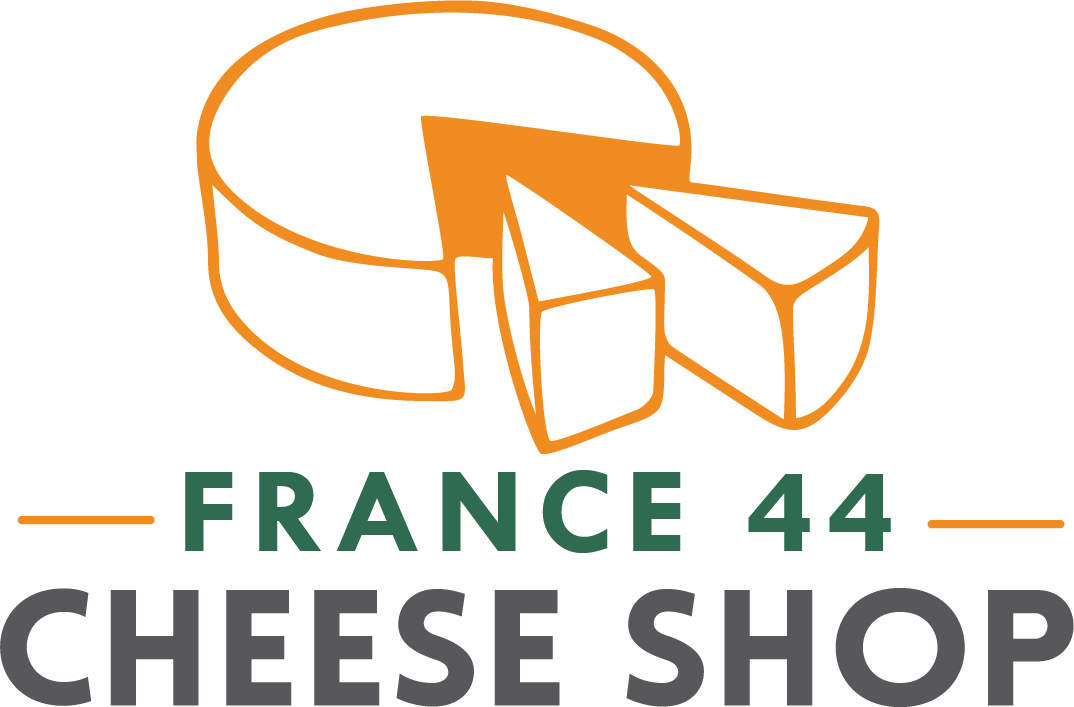by Brent Tester
Spring has sprung! Warm weather, sunshine, and spring showers bring the flowers’ bloom, and with the flowers' bloom comes cheese’s favorite accoutrement: honey! Everyone loves honey; we love honey. It’s sweet, acidic, full of health benefits, and never spoils–perfection! It’s that simple, right?!
Well, in our cheese shops, we frequently run into a few common questions, curiosities, and misconceptions. We want to help clear some of those up and shine some light on the incredibly complex and completely natural process that provides us such a perfect cheese accoutrement.
We all know honey is sweet and sticky, loved by bears, and made by bees. But… what really is honey? Without getting overly technical, here’s an attempt to summarize an incredibly complex process: the worker (female) bees drink nectar from a flower, carry the nectar back to the hive in their “honey stomach” (yes, bees have two stomachs!), regurgitate the nectar into another bee’s stomach–which begins to convert the nectar into honey via digestive enzymes–and finally regurgitate the watery honey-like substance into the wax honeycomb. Next to the honeycomb, thousands of bees tirelessly flap their wings to evaporate out some moisture and achieve the familiar, stable viscosity of honey… phew! If you think that’s a lot of work, it takes upwards of 10,000 worker bees anywhere from two to eight million flower visits just to produce one pound of honey. One pound! During those millions of flower visits, worker bees help to pollinate over 75% of the vegetables, nuts, and fruits we eat.
Next time you eat a spoonful of honey, take a moment to appreciate both the amount of work and the profound importance of those worker bees! What, then, really is honey? Honey is bee-converted nectar from different flowering plants and an incredible, delicious byproduct of a fundamental natural process.
In our cheese shops, you might notice some specific words on the labels of the various honeys we carry. Words like “Acacia,” “Chestnut,” Lavender,” and “Buckthorn.” Understandably, some customers assume that these words indicate a specific flavor (i.e., a “Lavender” flavored honey). But, what these words actually refer to is the specific flower source that an individual hive is pulling nectar from. While this does not mean that the honey is “flavored,” these specific flower sources do give each honey a distinct flavor and color. These single-source honeys have some flexibility within them, as it’s nearly impossible to fully control where worker bees draw their nectar, but beekeepers and producers do use a few different strategies to determine the specific sources for their honey:
Strategic hive placement: Beekeepers place their hives in close proximity to specific flowering plants. Bees will generally follow a path of least resistance to the nearest flower; thus, beekeepers can significantly influence what types of flowers each hive will source the nectar from.
Close monitoring of seasonal bee movement: Beekeepers will also keep a close eye on the flight patterns to-and-from an individual hive. Once a pattern is recognized, the beekeeper can know with confidence where the bees source the majority of their nectar.
Advanced lab analysis: Somewhat recently, scientists developed a technique to analyze pollen grains from honey samples under a microscope. This technique provides a full classification of the honey’s primary and secondary floral sources.
Are you curious about seeing and tasting how different these flower sources actually are? One of our favorite local producers, Ames Farm, produces both miniature and full-size jars of single-source honey for nearly all of these seasonal flowering plants (you can browse their nifty guide to single-source honey, too!).
We also source honey from all over the world; some of our favorites include Marques de Valeuza’s Holm Oak Honey from Spain, Maison Peltier’s Lavender Honey from France, and Franzoni Franca’s Acacia Honey from Italy. All of the honeys we source are raw and all-natural, making them pure expressions of the local environments they come from. Next time you’re in our cheese shops, grab a couple of jars and have a honey tasting to see for yourself; it’s truly astounding just how different each one is! And if you stop in this weekend, all honey is 10% off to celebrate the start of Spring!
